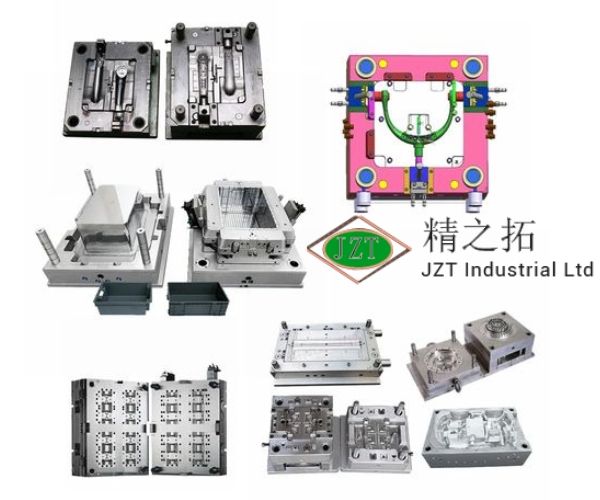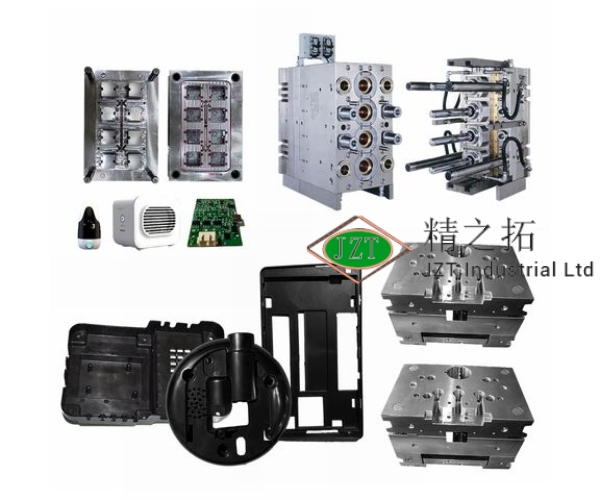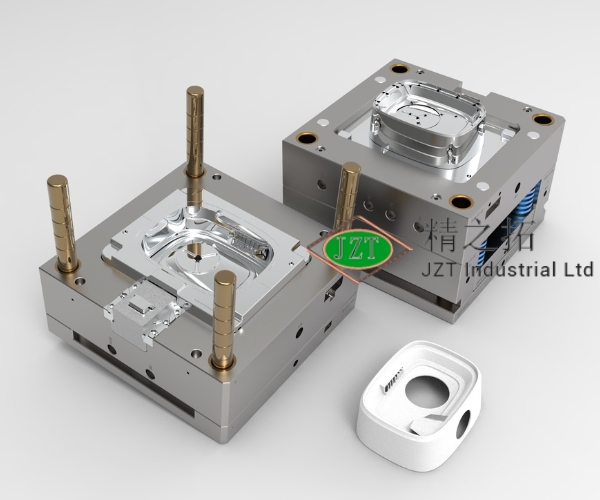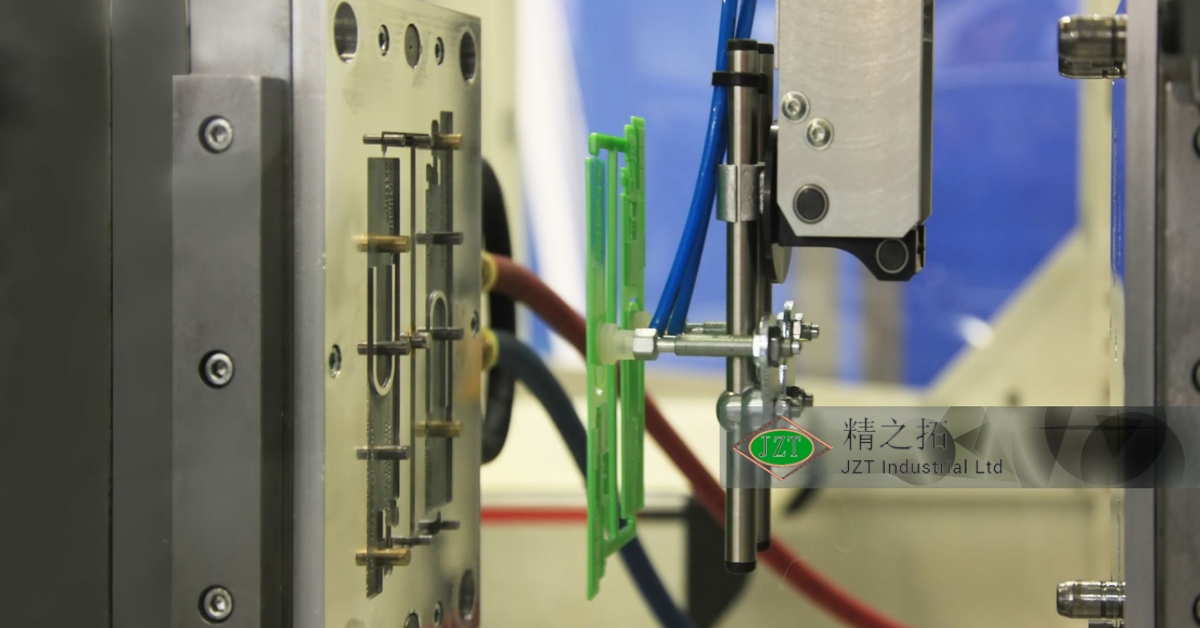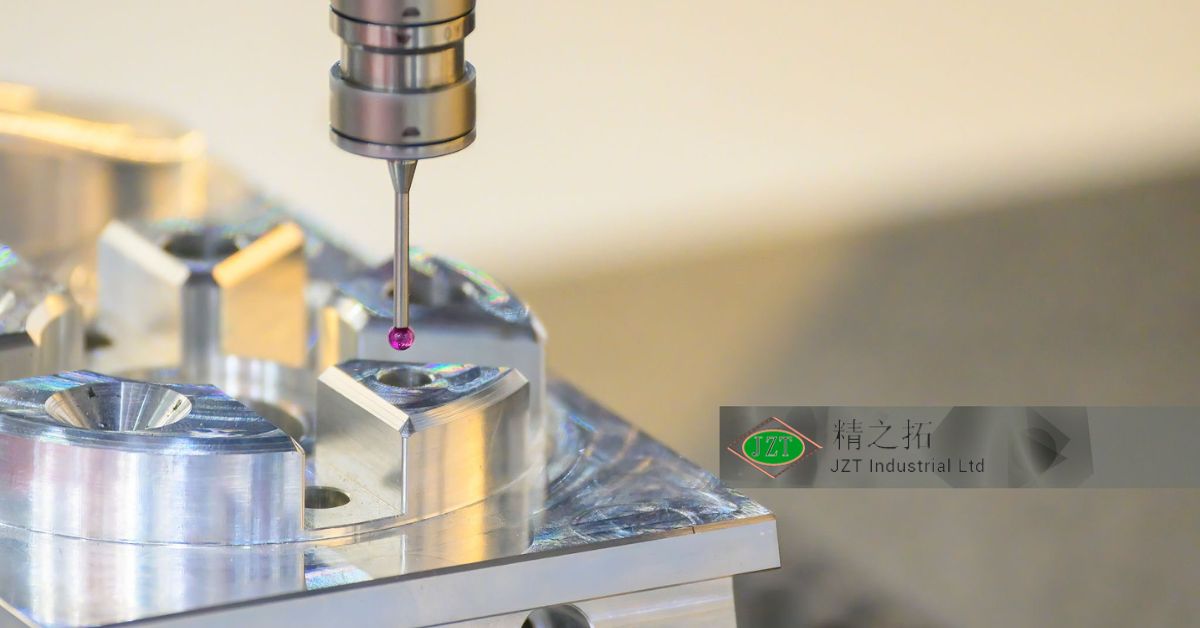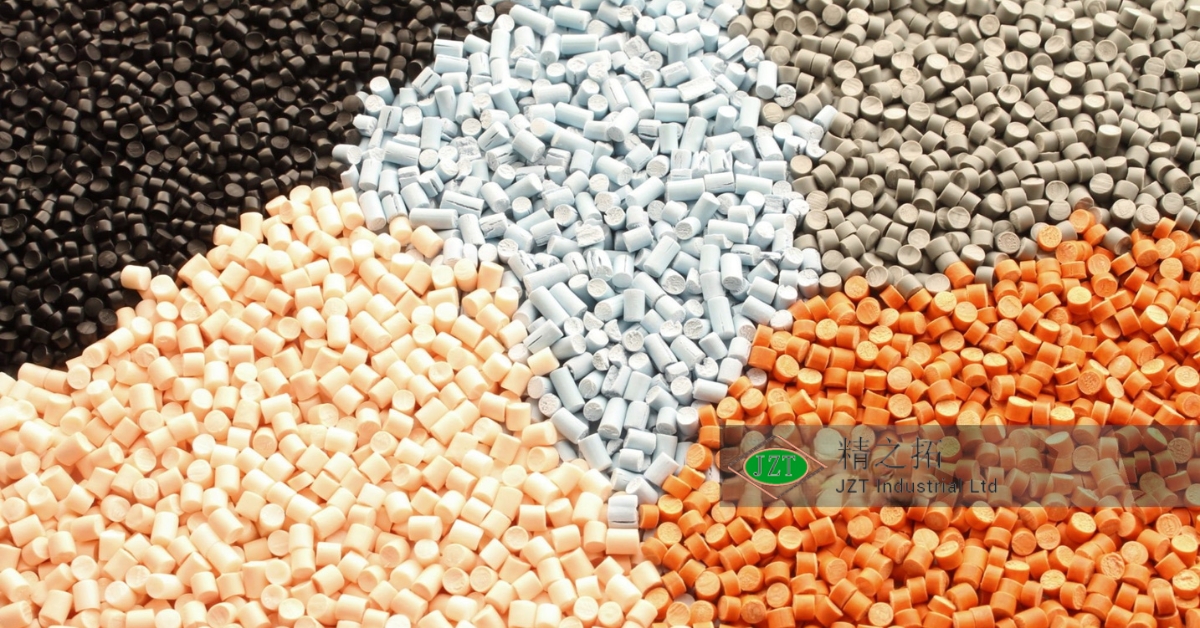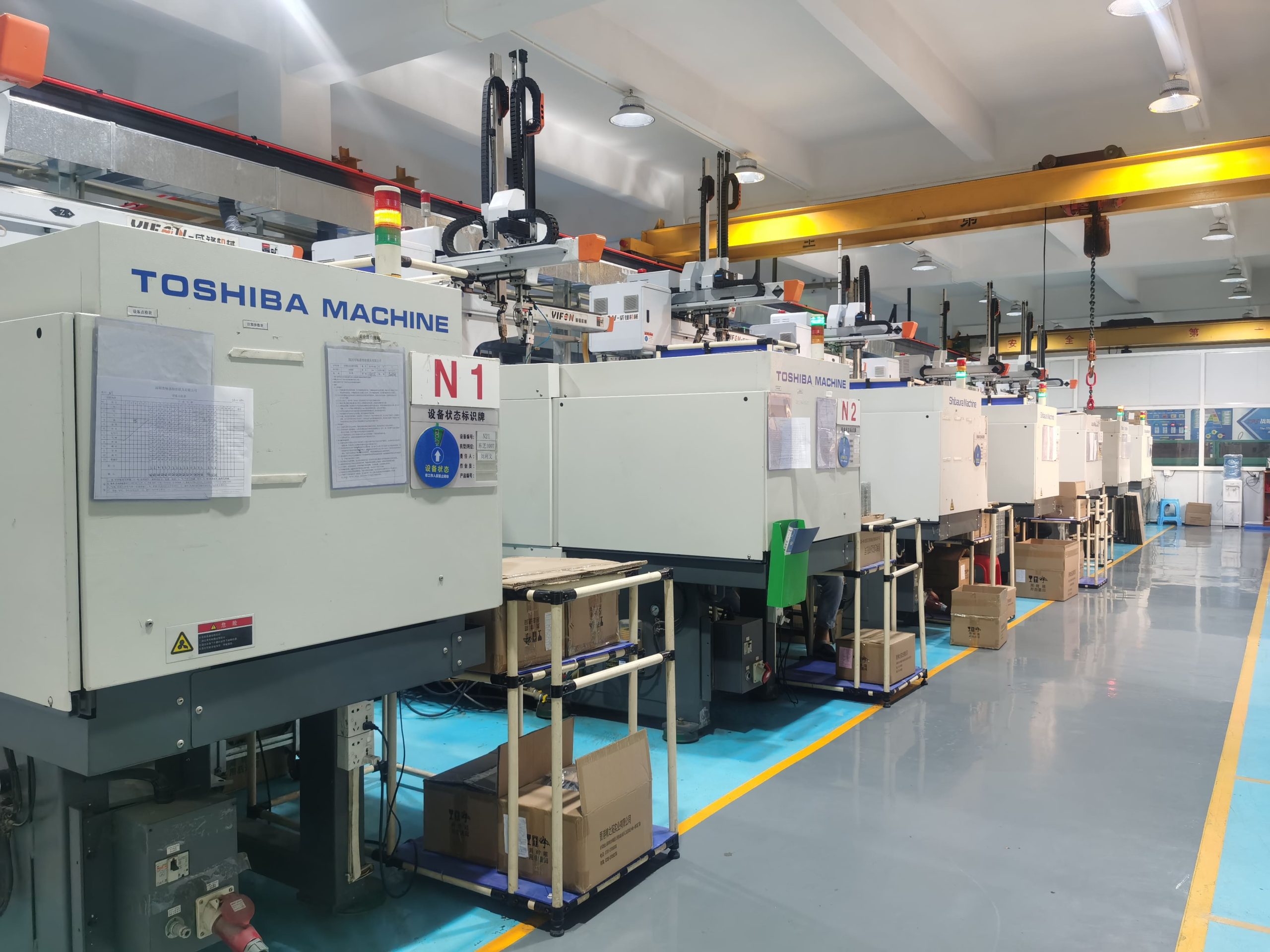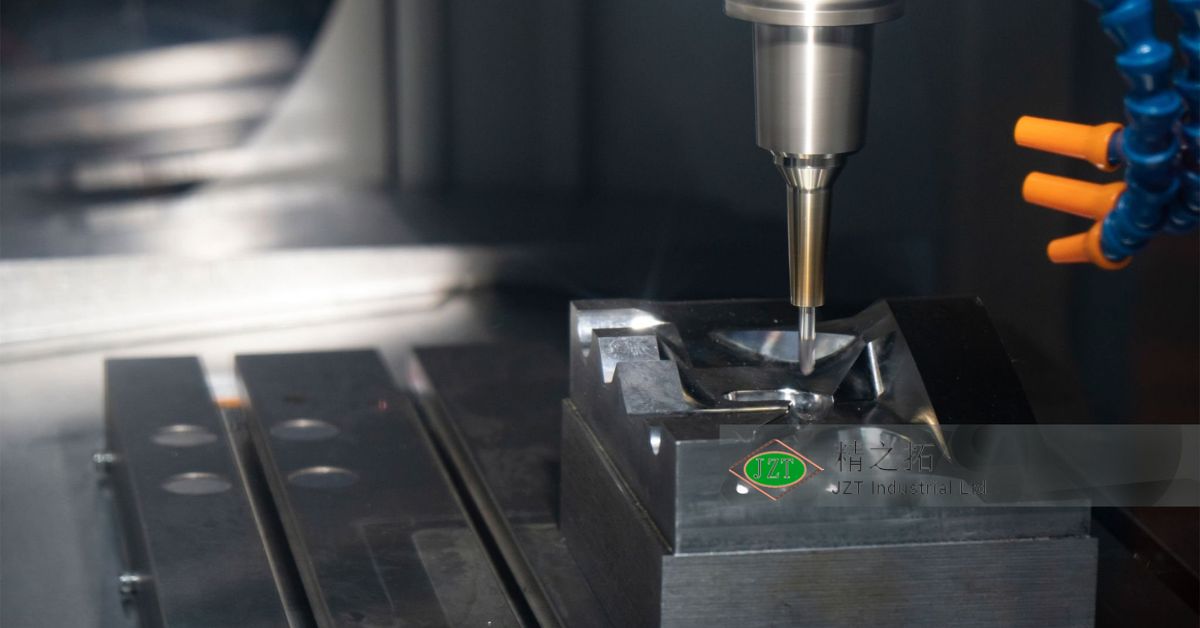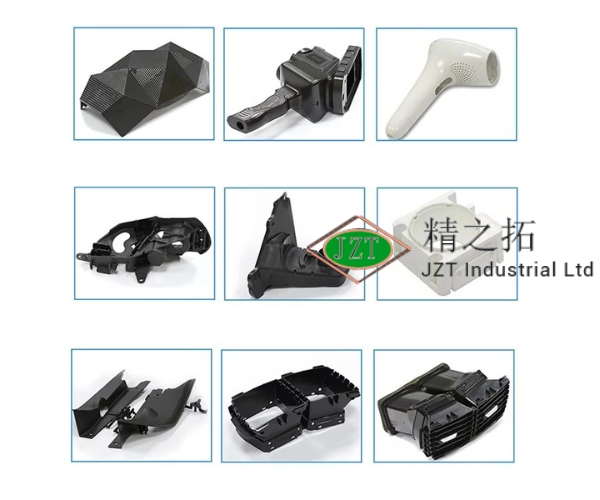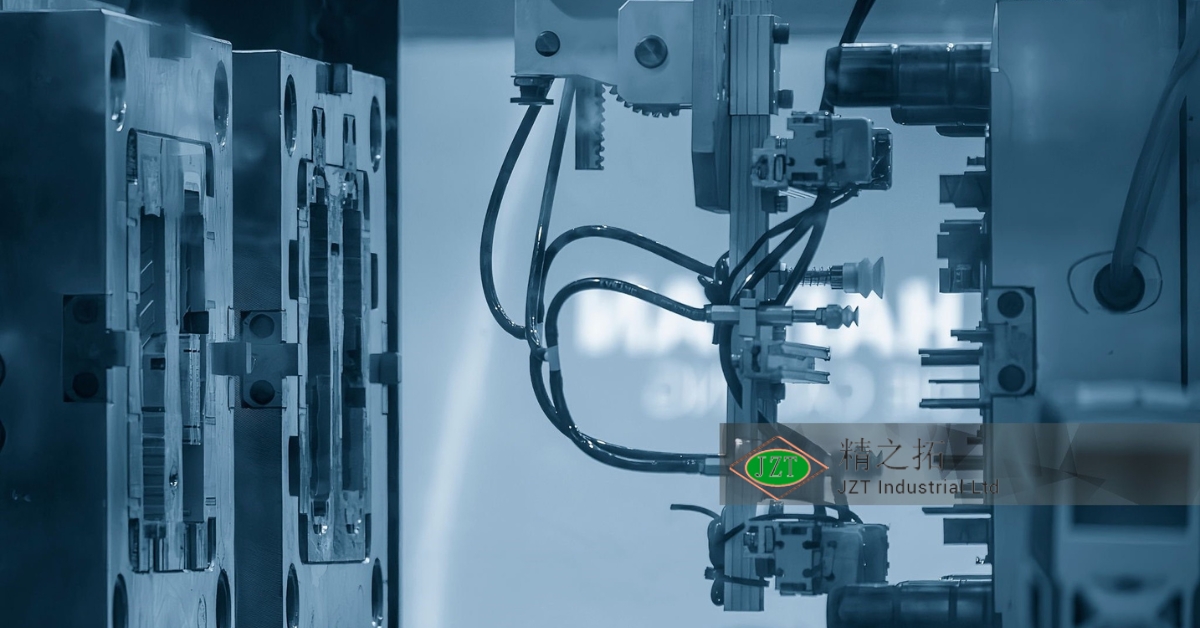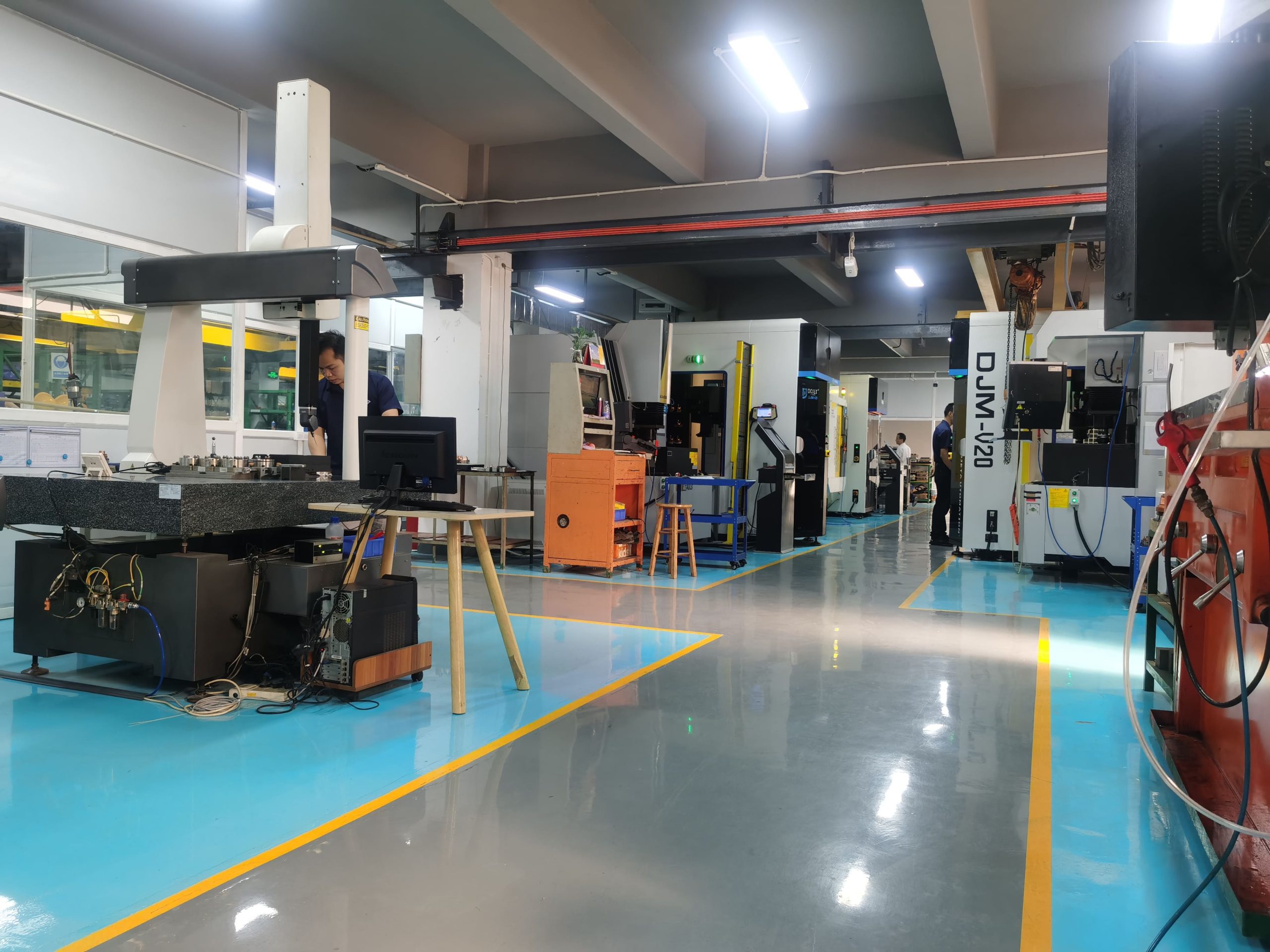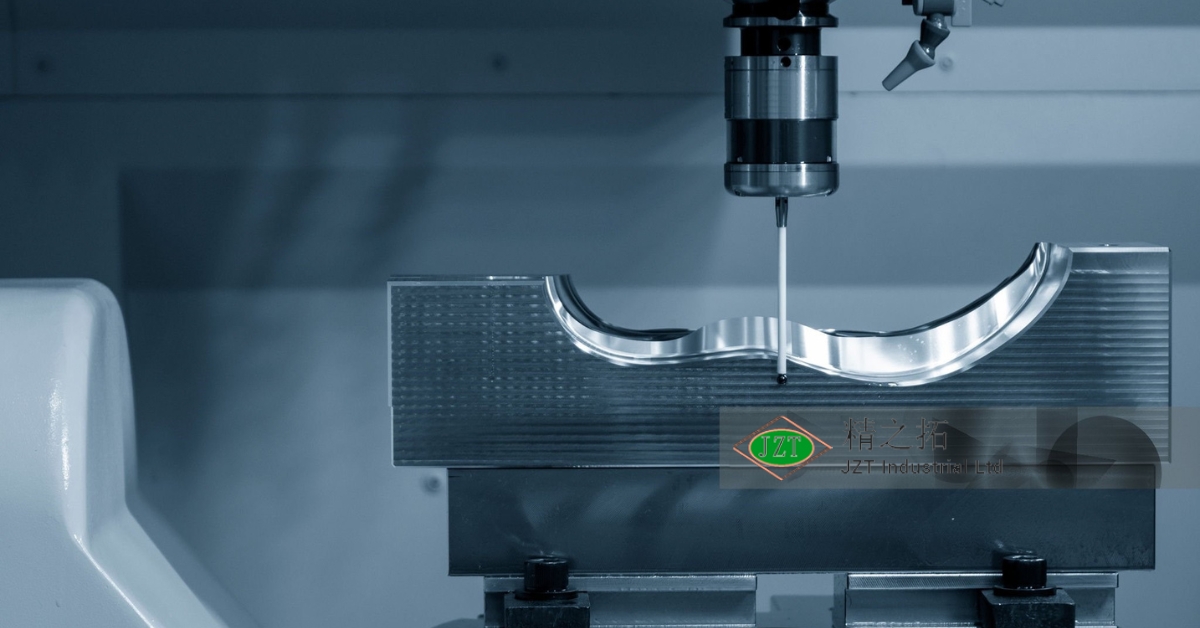소개
Why Sustainability Matters in Plastic Injection Molding
Sustainability has become an essential priority for manufacturers, especially those using plastic injection molding. In recent years, the environmental impact of plastics has been widely recognized, with consumers, regulatory bodies, and businesses alike seeking greener, more responsible manufacturing practices. 플라스틱 부품 제조업체 are facing increasing pressure to implement sustainable injection molding practices, which not only minimize environmental harm but also offer cost savings and improve brand reputation.
The plastic injection molding process, while highly efficient and versatile, traditionally involves high energy consumption, significant material waste, and emissions that can negatively impact the environment. Sustainable practices aim to reduce this environmental footprint by focusing on energy efficiency, waste minimization, sustainable material choices, and more eco-friendly logistics. This guide will walk through actionable steps and strategies for 플라스틱 사출 금형 manufacturers, providing insights on making environmentally friendly choices without compromising on the quality and durability of 맞춤형 플라스틱 부품.
Understanding Sustainability in Plastic Injection Molding
Sustainable manufacturing within plastic injection molding involves reducing the environmental impact of production by optimizing materials, processes, and energy usage. Sustainable injection molding practices seek to balance productivity with eco-consciousness, aiming to reduce resource consumption, minimize emissions, and lessen waste. This focus is essential because traditional manufacturing processes contribute to high levels of plastic waste, energy use, and carbon emissions.
The core aspects of sustainability in this industry revolve around using renewable materials, enhancing energy efficiency, improving waste management, and monitoring emissions. The journey toward sustainability requires an understanding of these components and a commitment to continuous improvement. Manufacturers may encounter challenges like higher initial costs or process adjustments, but the long-term environmental and financial benefits often outweigh these barriers. Through sustainable practices, manufacturers can not only meet growing regulatory demands but also respond to consumer expectations for eco-friendly products.
Benefits of Implementing Sustainable Practices in Plastic Injection Molding
Implementing sustainable practices in plastic injection molding offers significant advantages, both environmentally and financially. From reducing waste and emissions to creating a competitive edge, here are the key benefits of embracing sustainability in manufacturing.
Environmental Impact Reduction
Sustainable practices help manufacturers minimize their environmental footprint by reducing emissions, conserving energy, and decreasing waste. This reduction directly impacts air, water, and soil quality, preserving natural resources and contributing to global efforts to combat pollution. By choosing sustainable materials and processes, manufacturers can lower greenhouse gas emissions, limit resource depletion, and help create a cleaner, healthier environment.
비용 절감
While implementing sustainable injection molding practices may require upfront investments, it leads to long-term cost savings. Energy-efficient machines, optimized cooling systems, and reduced waste all contribute to lower production costs. By minimizing waste and reusing materials, manufacturers can save on raw material costs, while energy efficiency reduces utility expenses. These savings make sustainability a financially sound strategy for manufacturers looking to improve profitability.
Improved Brand Reputation
Companies that prioritize sustainable practices enhance their reputation among consumers and business partners. Today’s consumers value environmental responsibility and are more likely to support brands that demonstrate a commitment to eco-friendly practices. For a 플라스틱 부품 제조업체, this commitment can lead to increased customer loyalty, better client relationships, and even opportunities to attract new customers who prioritize sustainability.
Compliance with Regulations
Sustainability is not only a choice but also a regulatory requirement in many industries. Environmental regulations are tightening globally, with governments introducing mandates to control waste, reduce emissions, and increase the use of recyclable materials. By implementing sustainable practices, manufacturers can stay ahead of these regulations, avoiding fines and ensuring continued access to key markets. Compliance also positions manufacturers to adapt more easily to future regulatory changes, ensuring long-term operational stability.
Competitive Advantage
In a competitive market, sustainable practices offer a distinct advantage. Many industries now seek suppliers and manufacturers that align with their own environmental values, making sustainability a unique selling point. By implementing sustainable practices, manufacturers can differentiate themselves from competitors, attracting clients who prioritize environmentally friendly production.
Sustainable Material Selection for Plastic Injection Molding
Choosing sustainable materials is a foundational step for implementing greener practices in injection molding. The type of plastic used in production impacts the entire lifecycle of a product, from raw material extraction to disposal. Here are key considerations for 플라스틱 부품 제조업체 when selecting eco-friendly materials.
Biodegradable and Recyclable Materials
Biodegradable plastics, such as PLA (polylactic acid) and PHA (polyhydroxyalkanoates), offer sustainable alternatives to conventional plastics. These materials break down more quickly under specific environmental conditions, reducing the accumulation of plastic waste in landfills. Recyclable materials, like PET and certain types of polypropylene (PP), can be reused multiple times, decreasing the need for virgin plastic production. By opting for biodegradable and recyclable plastics, manufacturers can contribute to a circular economy, where materials are continuously cycled rather than disposed of after single use.
Using Recycled Plastics
Incorporating recycled plastics into injection molding helps reduce waste and demand for new plastic. Recycled plastics can come from post-consumer or post-industrial sources, including plastics recovered from discarded products or manufacturing scraps. Using recycled materials can reduce the environmental impact of production and supports resource conservation. While the quality and consistency of recycled materials can vary, advancements in technology now make it easier to integrate recycled content without sacrificing product performance.
Bio-Based and Renewable Polymers
Bio-based plastics are derived from renewable resources, such as corn, sugarcane, or cellulose, making them a more sustainable choice. These materials can reduce dependency on fossil fuels and lower the carbon footprint of production. Bio-based polymers can match the durability of traditional plastics, making them suitable for custom plastic parts that require strength and resilience. However, manufacturers must consider the performance and cost implications, as bio-based plastics can sometimes be more expensive or require specific processing conditions.
Material Quality and Performance Considerations
While sustainable materials offer environmental benefits, manufacturers must ensure they meet performance standards. Sustainable materials should be compatible with the injection molding process and maintain the necessary strength, flexibility, and durability required for specific applications. Manufacturers need to work closely with material suppliers to ensure that eco-friendly materials are suited to their products without compromising quality.
Energy Efficiency in Plastic Injection Molding
Energy efficiency is critical to sustainable injection molding practices, as the process traditionally involves significant energy consumption. Reducing energy use in manufacturing not only cuts costs but also lowers greenhouse gas emissions. Here are ways to improve energy efficiency in plastic injection molding.
Optimizing Machine Energy Use
Injection molding machines are among the most energy-intensive equipment in production facilities. Upgrading to energy-efficient motors, implementing variable frequency drives (VFDs), and optimizing machine settings can significantly reduce energy consumption. Regular maintenance is also essential to keep machines running at peak efficiency, preventing energy loss due to wear and tear or malfunctions. By optimizing machine energy use, manufacturers can make substantial strides toward sustainability.
Improving Heating and Cooling Efficiency
Heating and cooling are two of the largest energy drains in injection molding. Efficient thermal management systems can reduce energy usage by maintaining optimal temperatures without excessive energy consumption. Advanced cooling channel designs, such as conformal cooling, allow for faster heat removal and reduced cycle times, conserving energy in the process. By prioritizing efficient heating and cooling methods, manufacturers can achieve faster cycles and lower overall energy consumption.
Using Energy-Efficient Injection Molding Machines
Switching to energy-efficient equipment, such as electric or hybrid injection molding machines, can provide substantial energy savings. Electric machines consume up to 50% less energy than hydraulic machines and produce lower emissions. Hybrid machines offer a balance, combining hydraulic and electric systems for a more energy-efficient operation. For manufacturers aiming to reduce their carbon footprint, investing in energy-efficient machinery is a worthwhile long-term investment.
Implementing Energy Management Systems (EMS)
Energy Management Systems (EMS) help manufacturers monitor and optimize energy usage across their facilities. By tracking real-time energy data, an EMS can identify areas where energy use can be reduced or reallocated. These systems enable manufacturers to implement energy-saving measures proactively, ultimately supporting sustainability goals. EMS software can also help companies report on their energy performance, contributing to sustainability reporting and compliance.
Reducing Waste in Plastic Injection Molding
Waste reduction is a key component of sustainable manufacturing, as plastic waste contributes significantly to environmental pollution. By minimizing scrap, recycling excess materials, and implementing efficient processes, manufacturers can reduce their waste output and lower costs.
Minimizing Scrap Material
Minimizing scrap production starts with optimizing mold and part design. Efficient design reduces material use by eliminating unnecessary sections and ensuring smooth material flow. Additionally, fine-tuning injection parameters can prevent issues like flash and excessive trimming, which create waste. By prioritizing precise designs and optimal settings, manufacturers can reduce the amount of material wasted in each production cycle.
Recycling and Reusing Excess Plastic
Recycling excess plastic within the facility allows manufacturers to repurpose material that would otherwise be discarded. Trimmings, sprues, and rejected parts can be collected, ground, and reused in subsequent production cycles, decreasing the need for virgin materials. Implementing a recycling program within the facility ensures that material waste is minimized and can also lead to substantial material cost savings.
Implementing Closed-Loop Systems
Closed-loop systems are designed to reuse plastic waste generated during production, recycling it back into the injection molding process. This approach eliminates the need for external recycling, reducing transportation emissions and simplifying waste management. Closed-loop systems not only reduce waste but also ensure a consistent material supply, making it easier to manage resources efficiently.
Reducing Single-Use Components
Sustainable injection molding practices encourage the reduction of single-use items in both production and packaging. Reusable molds, trays, and packaging options are more eco-friendly alternatives to disposable items. Reducing single-use components not only decreases waste but also contributes to overall cost savings and resource conservation.
Emissions Reduction Strategies
Minimizing emissions is crucial in sustainable plastic injection molding, as production facilities can contribute to greenhouse gas emissions and air pollution. Here are strategies to reduce emissions in the manufacturing process.
Reducing Greenhouse Gas Emissions
Greenhouse gases can be minimized by optimizing production cycles, reducing machine idle times, and implementing efficient practices. Faster cycles and energy-efficient machines consume less power, resulting in lower emissions. Manufacturers can also adopt carbon offset programs to further mitigate their carbon footprint.
Efficient Ventilation and Air Filtration Systems
Proper ventilation and filtration are essential to capture and filter emissions generated during the injection molding process. By installing high-efficiency filtration systems, manufacturers can reduce harmful emissions and improve indoor air quality. Efficient ventilation also helps maintain a safe working environment for employees, aligning with both sustainability and health standards.
Alternative Power Sources
Renewable energy sources, such as solar or wind power, provide a sustainable alternative to traditional energy. Integrating these sources into manufacturing facilities reduces reliance on fossil fuels and lowers overall emissions. Manufacturers who invest in renewable energy can make a substantial positive impact on their sustainability goals, often benefiting from tax incentives or credits in the process.
Monitoring Emissions with Tracking Tools
Emissions tracking tools allow manufacturers to monitor their greenhouse gas output in real-time. These tools provide valuable insights into emission trends, making it easier to implement and measure reduction strategies. By leveraging tracking tools, manufacturers can ensure they remain within regulatory limits and proactively manage their environmental impact.
FAQ Section
- What are the most sustainable materials for plastic injection molding?
- Sustainable materials include biodegradable plastics like PLA, recycled plastics, and bio-based polymers derived from renewable resources.
- How can I reduce energy consumption in plastic injection molding?
- You can reduce energy use by optimizing machine settings, improving cooling efficiency, using energy-efficient machines, and implementing Energy Management Systems (EMS).
- Is it possible to recycle all waste produced in injection molding?
- While complete recycling can be challenging, manufacturers can recycle a significant portion of waste, especially if they implement closed-loop systems to reuse materials in-house.
- What technologies help reduce emissions in injection molding facilities?
- Technologies like energy-efficient machines, advanced ventilation systems, and renewable energy sources help minimize emissions, while real-time tracking tools provide monitoring and reporting.
- How does sustainability affect the long-term costs of plastic injection molding?
- Sustainable practices often lead to cost savings over time through reduced energy use, minimized waste, and increased efficiency, despite higher initial investments.
Conclusion and Final Thoughts
Implementing sustainable practices in plastic injection molding is a crucial step for manufacturers seeking to reduce their environmental footprint, save costs, and appeal to a growing market of environmentally-conscious clients. From selecting sustainable materials and improving energy efficiency to reducing waste and emissions, there are numerous strategies that 플라스틱 부품 제조업체 can adopt to align their operations with sustainability goals. As environmental regulations tighten and consumer expectations shift, companies that embrace sustainable practices will find themselves better positioned to thrive in a competitive and eco-conscious marketplace. By committing to continuous improvement and innovation, manufacturers can reduce their impact on the planet while still producing high-quality, 맞춤형 플라스틱 부품.

